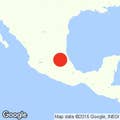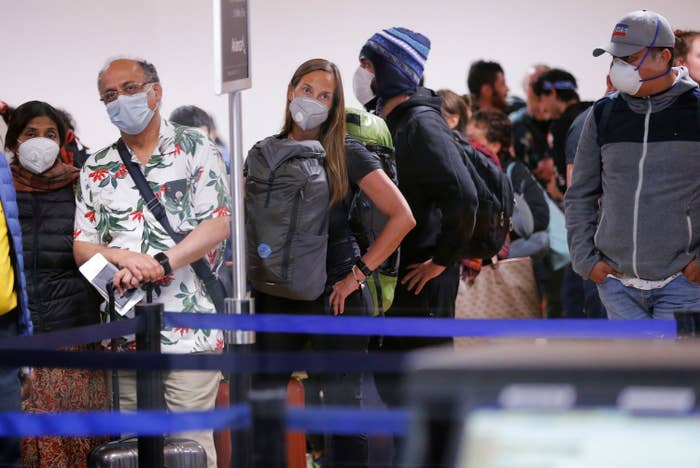
MEXICO CITY — Americans who are stranded all across Latin America amid the spread of the novel coronavirus say they have no clear support from the US government on how they will get home.
Alone and confused, they have turned to each other, creating WhatsApp and Facebook groups to brainstorm a way to get home amid border closures and growing official restrictions on movement. Many say they’ve been left high and dry by President Donald Trump’s administration.
“The embassy has completely abandoned us,” Susie Walden told BuzzFeed News from Lima, Peru. “The government is unlikely to bring people home.”
Walden, who was a full-time employee at an organic vegetable farm before quitting to travel across South America, said her volunteering plans in Peru fell through shortly after arriving this month.
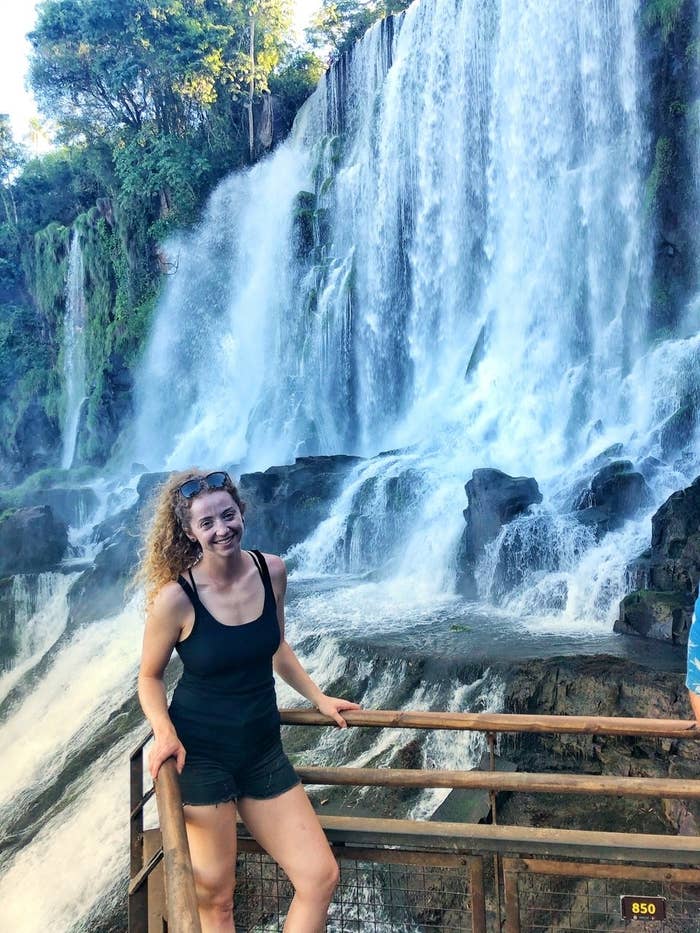
It is unclear how many Americans are stranded across the continent, but in Peru alone there are at least 400 members in two separate WhatsApp groups seen by BuzzFeed News. Consulates around the region have suspended their services and the Department of State has instructed citizens stranded abroad to check embassy websites and their social media accounts for updates.
“The Department of State has no higher priority than the safety and security of U.S. citizens overseas,” reads a release from the US embassy in Guatemala, before advising Americans to check with their airlines for information about restrictions.
A group of nine Democratic members of the Senate Foreign Relations Committee sent a letter to Secretary of State Michael Pompeo on Wednesday raising concerns over the lack of support for US citizens stranded abroad and asking for an explanation of the department’s plans to bring them home.
Hours later, Pompeo said that the US would do everything it can “to get every American home safely,” during an interview with Fox News’ Sean Hannity. But, he warned, “it’ll take us some amount of time.” On Thursday, Trump said that the military would help evacuate them, but did not give a timeline.
Other countries, including Mexico and Israel, have made arrangements to repatriate their citizens abroad, leaving Americans even more puzzled about their own government’s response.
“I have no idea what these people have been doing in the last 48 hours,” Meredith Talusan, an author from New York stranded in Guatemala, told BuzzFeed News, referring to US authorities. “I find it very puzzling because the US should have the resources to handle this type of crisis.”
Talusan, who earlier this month traveled to Lake Atitlán, in Guatemala, for a writers retreat, said she is getting official information through the UK’s embassy in Guatemala because it is the most reliable English-language news source in the country now. The UK embassy is coordinating buses to take British citizens to the only border still open in the country — the one with Mexico — for Friday and Saturday. It is, at the moment, still possible to travel between Mexico and the US. Talusan, 44, said she has the means to travel there on her own, but considers it too risky to go without a government to back her should things go awry.
She’s staying put in Lake Atitlán.
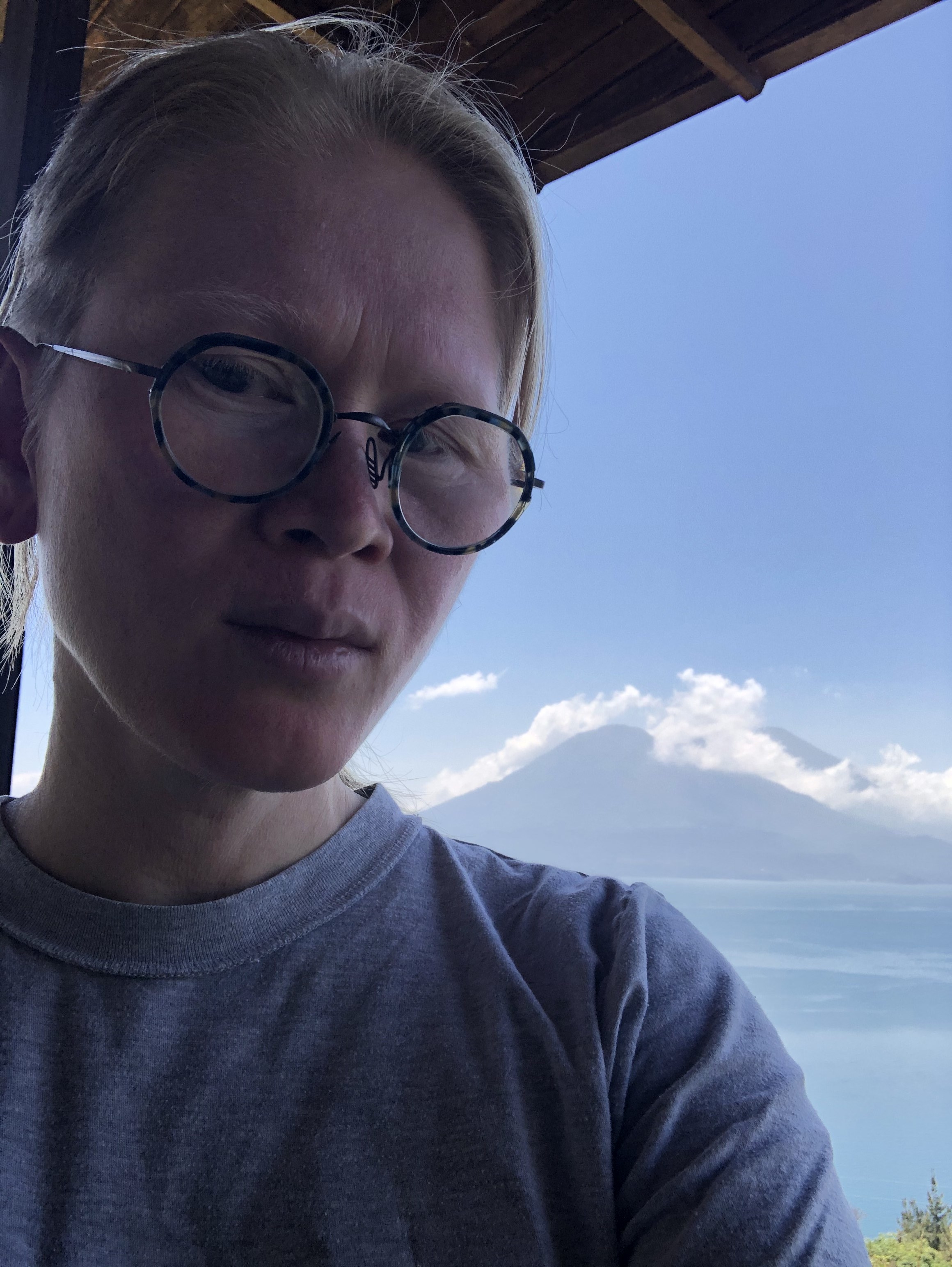
Some 2,000 miles south, in Lima, the Peruvian capital, Walden said that the situation is becoming increasingly tense. The government has deployed the military on the streets. As she walked to a grocery store near her hotel on Tuesday, Walden, 28, said a police officer stopped her on the street. But her limited Spanish made it difficult for her to understand his questions, said Walden.
By Thursday, 234 people had tested positive for the coronavirus in Peru, up from 145 the previous day. President Martín Vizcarra announced a nationwide 8 p.m. curfew. On Thursday, no private vehicles would be allowed on the streets.
Having to pay for a hotel room through March is putting a significant financial strain on Walden, who is paying $40 a night to share a two-bedroom suite with another American she recently met. She would rather stay in a hostel, which would be cheaper, but given the restrictions on movement, Walden said she feels safer hunkering down at a place with access to a restaurant and gym.
One thing is certain for Walden: “The US has no plans to come get us.”
The WhatsApp group chat for Americans stranded in Peru, which Walden is a part of, has had a nonstop stream of messages. Some people have sent selfies to assemble a collage to raise awareness about their situation on social media with the hashtag #stuckinperu. Others shared photographs of their hotel room views during the sunset, saying they are grateful to be safe. And many wondered why their government is doing nothing to help get them home.
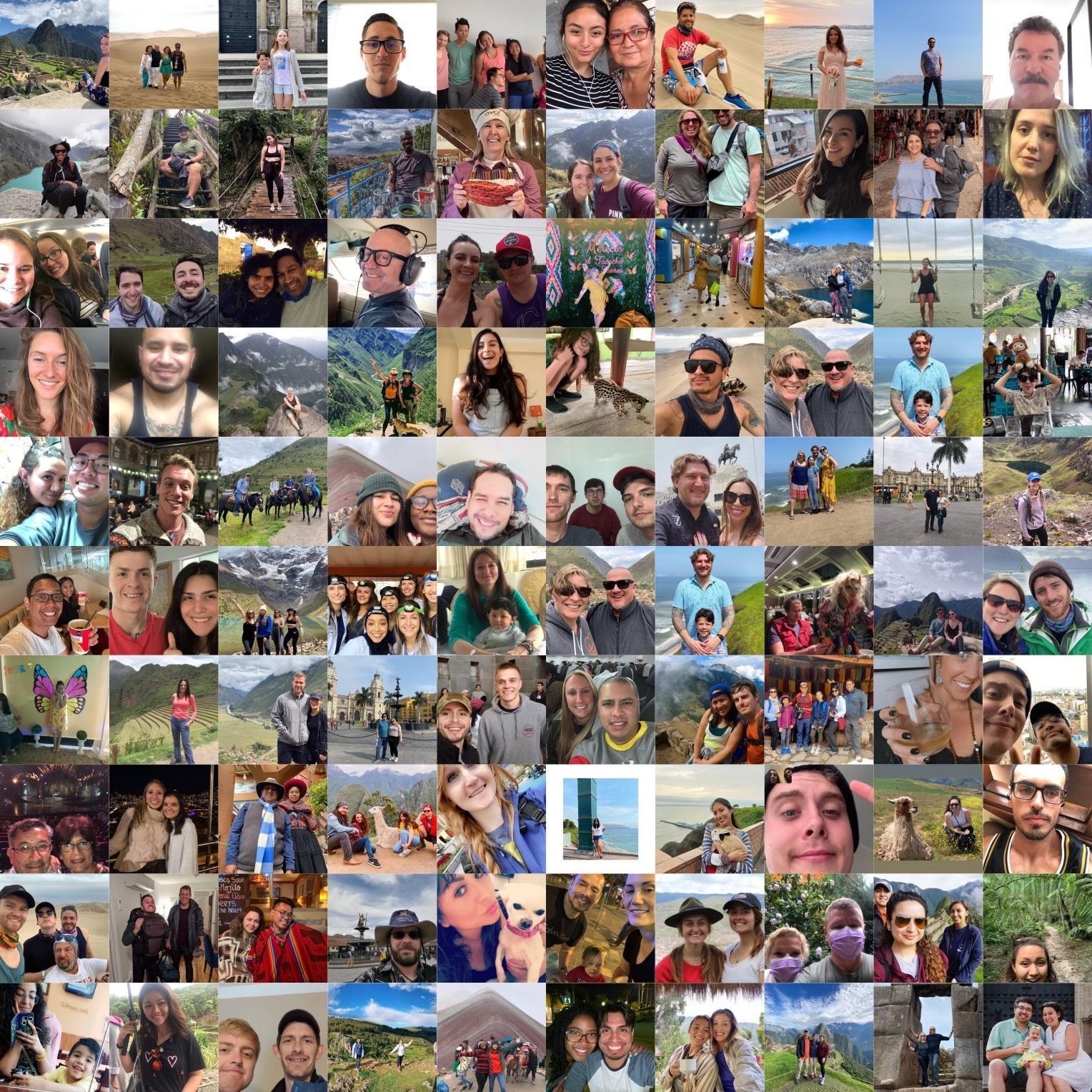
The embassy in Lima has been unhelpful, many in the chat wrote. When Daniela Fernández, from Elizabeth, New Jersey, went there to ask for help, police escorted her away from the doors and asked her to call instead. When she did, Fernández said she was put on hold for four hours, and eventually told to go online for additional information.
As the hours trickle by, movement across the world is becoming increasingly restricted. Argentina, Chile, Ecuador, Peru, El Salvador, Costa Rica, and Guatemala have all closed their borders to foreigners.
Off the coast of Ushuaia, Argentina’s southernmost city, a cruise ship with about 100 Americans is quarantined until at least Sunday. Aboard the ship, Heather Sanderson and her husband, who are on their honeymoon, are anxious to get home.

“It feels as though our window to get home is closing rapidly,” Sanderson, who lives in Des Moines, Iowa, told BuzzFeed News.
All passengers tested negative for the coronavirus before boarding the ship, which is operated by the Seattle-based Quark Expeditions, said Sanderson. Still, the Argentine government requested it be quarantined upon its return from Antarctica.
Passengers will need to make their way to Buenos Aires, and from there fly to the US. Sanderson, 37, said while the travel company is working with the US government to help them get home, staff are encouraging passengers to continue reaching out to the US embassy in Argentina “to keep momentum going forward.”
Sanderson’s attempts to contact the US embassy have been unsuccessful. She says she’s disappointed but not surprised.
“They are in quite a bit of denial about what’s going on.”

